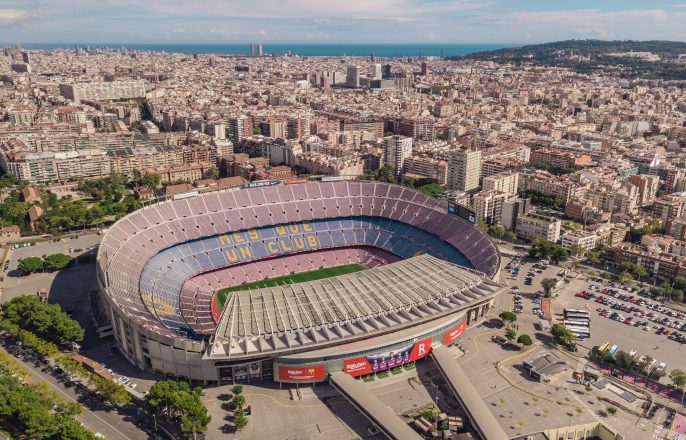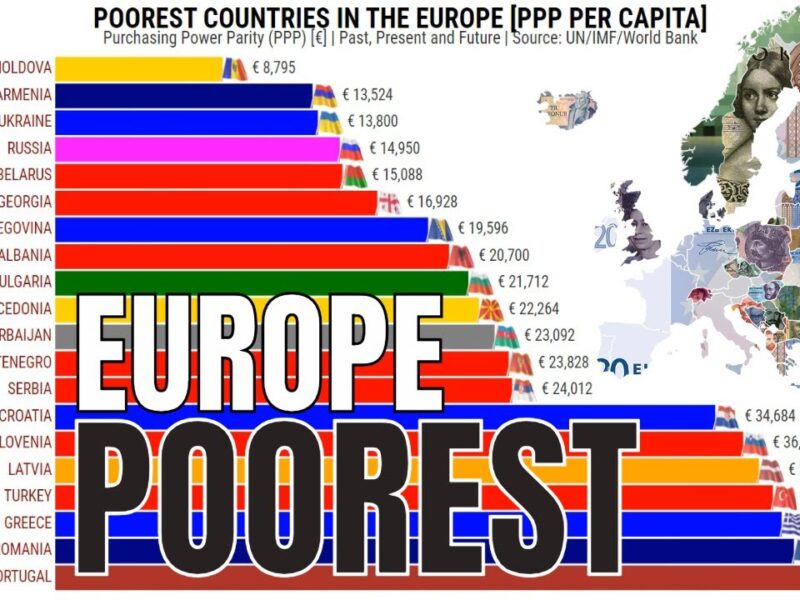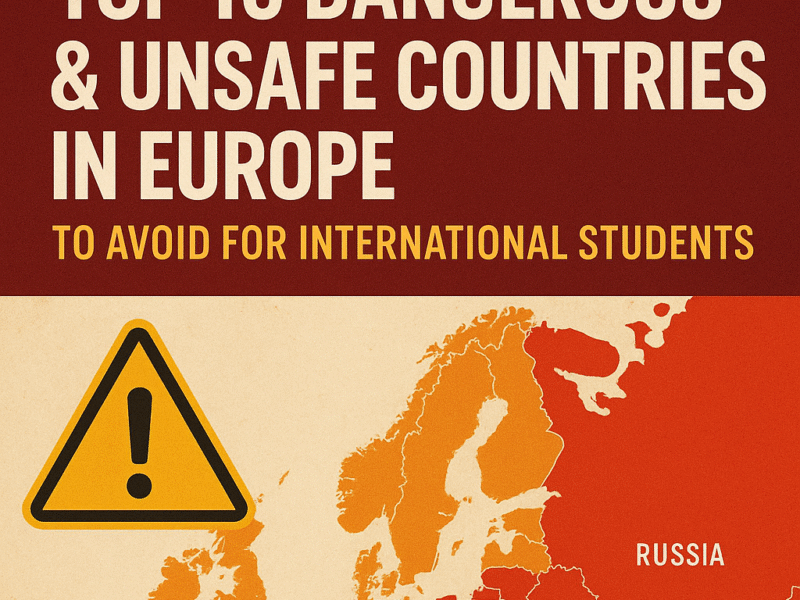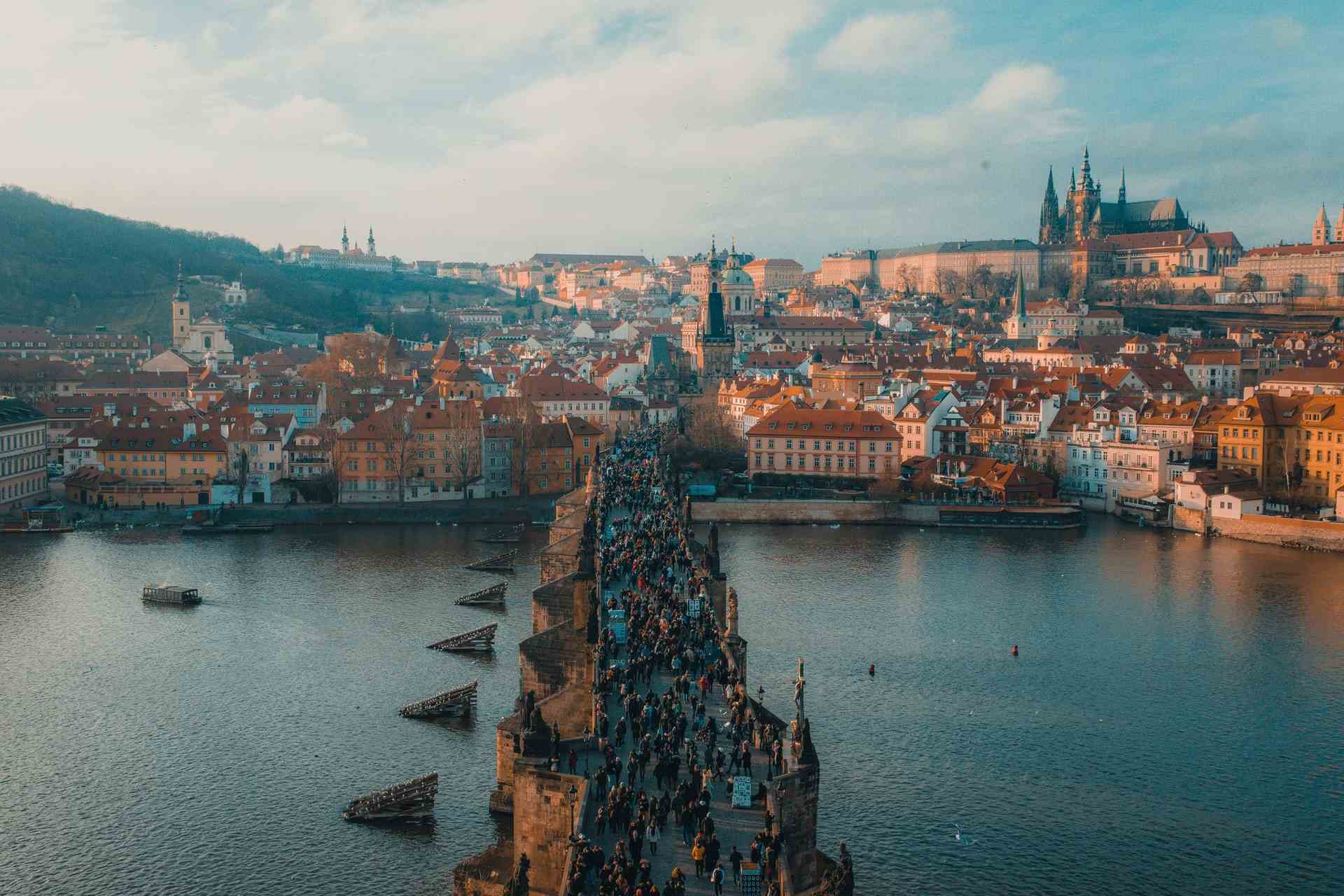Fellow football enthusiasts! If you’ve ever dreamed of chanting with tens of thousands of fans under the floodlights, you’re in the right place. Today, I’m diving into the top 10 largest football stadiums in Europe, those colossal arenas where history is made and legends are born. As a die-hard fan who’s visited a few of these beasts myself, I’ll share what makes each one special – from jaw-dropping capacities to unforgettable atmospheres and quirky facts of these venues that define the beautiful game.
We’re talking about the biggest soccer stadiums in Europe, owned by some of the best European clubs, places that host everything from Champions League finals to international showdowns. These aren’t just big; they’re icons of the sport, drawing millions of visitors and generating that electric buzz only football can provide. If you’re searching for the largest European football venues, this guide’s got you covered with details on capacity, home teams, and why you should add them to your bucket list. Let’s kick things off with a quick rundown on what qualifies a stadium as “large” and then count down from 10 to 1. Grab a brew, settle in, and let’s explore!
What Makes a Football Stadium One of the Largest in Europe?
Size matters in football, but it’s not just about cramming in as many seats as possible. The largest football stadiums in Europe are judged by their official seating capacity for matches, often verified by UEFA or FIFA. We’re focusing on association football (soccer) venues here, excluding multi-sport grounds unless they regularly host top-tier games.
These giants boast modern amenities like retractable roofs, massive screens, and fan zones, but they also carry rich histories – think World Cup finals, dramatic comebacks, and rock concerts in the off-season. Factors like architecture, location, and crowd energy play a huge role too. For instance, some have standing sections that amp up the noise, while others are architectural marvels. In my experience, the best ones make you feel part of something bigger, whether it’s a packed house for a derby or a quiet tour on a weekday. Now, onto the list – I’ve ranked them by capacity, but I’ll throw in my personal takes on what sets them apart.
10. Olympiastadion Berlin – Germany’s Historic Giant
Kicking off our top 10 largest football stadiums in Europe is the Olympiastadion in Berlin, Germany, with a capacity of 74,475. Built for the 1936 Olympics, this place has seen it all – from Jesse Owens’ triumphs to the 2006 World Cup final where Italy beat France on penalties (remember Zidane’s headbutt?).
Home to Hertha BSC, it’s got that classic oval shape with a striking blue track, but don’t let that fool you; the atmosphere during Bundesliga matches is electric. The stadium underwent a massive renovation in the early 2000s, adding a roof and modern seating while preserving its historic facade. I’ve been there for a concert, and the acoustics are insane – imagine 70,000 fans singing along to “You’ll Never Walk Alone” if Liverpool ever played here.
What I love most is its versatility. It hosts athletics, concerts (like the Rolling Stones), and even American football games. If you’re into history, check out the bell tower for panoramic views of Berlin. As one of the biggest soccer stadiums in Europe, it’s a must-visit for its blend of past and present.
Quick Facts
- Capacity: 74,475
- Location: Berlin, Germany
- Home Team: Hertha BSC
- Notable Event: 2006 FIFA World Cup Final
Pro tip: Book tickets early for matches; it sells out fast!
9. Old Trafford – The Theatre of Dreams
Ah, Old Trafford – Manchester United’s fortress and number nine on our list with 74,879 seats. Nicknamed the “Theatre of Dreams” by Sir Bobby Charlton, this English icon has been standing since 1910 and witnessed countless Premier League epics.
From the Munich air disaster memorial to the statues of legends like Sir Alex Ferguson, it’s steeped in emotion. The Stretford End is where the noise really ramps up, creating an intimidating wall of sound for opponents. I’ve caught a game here, and let me tell you, the roar when United scores is deafening. Recent upgrades include better accessibility and digital screens, but it keeps that traditional British feel.
As one of the largest European football venues, it’s not just about size; it’s the global pull. Fans from Asia to America flock here for tours. Remember the 1999 Champions League final? Wait, that was in Barcelona, but Old Trafford hosted the 2003 final. Anyway, it’s a pilgrimage site for any Red Devils supporter.
Key Highlights
- Capacity: 74,879
- Location: Manchester, England
- Home Team: Manchester United
- Famous Moment: 1968 European Cup Win
If you’re planning a visit, try the museum – it’s packed with trophies and memorabilia.
8. Atatürk Olympic Stadium – Istanbul’s Colossal Arena
Heading east to Turkey, the Atatürk Olympic Stadium in Istanbul boasts 76,761 seats, making it a standout in our top 10 largest football stadiums in Europe. Opened in 2002 for a potential Olympics bid, it’s hosted massive events like the 2005 Champions League final – Liverpool’s miraculous comeback against AC Milan!
It’s the home of the Turkish national team and occasionally Galatasaray. The design is modern with a distinctive roof and excellent sightlines, though it’s a bit out of the city center. The atmosphere during international matches is wild, with flares and chants that echo across the Bosphorus.
I’ve heard stories from friends who attended games here; the passion of Turkish fans is unmatched. It’s also used for concerts and athletics, adding to its versatility. As part of the biggest soccer stadiums in Europe, it represents football’s growth in emerging markets.
Fast Facts
- Capacity: 76,761
- Location: Istanbul, Turkey
- Home Team: Turkish National Team
- Iconic Event: 2005 UEFA Champions League Final
Worth the trip if you’re in Istanbul – combine it with a Bosphorus cruise!
7. San Siro (Stadio Giuseppe Meazza) – Milan’s Shared Marvel
Italy’s entry is the San Siro, officially Stadio Giuseppe Meazza, with 80,018 seats. Shared by AC Milan and Inter Milan, this 1926-built stadium is a cathedral of football, known for its towering ramps and cylindrical towers.
It’s hosted four Champions League finals and the 1990 World Cup. The derby della Madonnina between the Milan clubs is legendary – the noise, the tifos, it’s pure drama. Renovations are planned, but for now, it’s a time capsule of Italian passion.
As a fan, I adore how it feels intimate despite its size. The Curva Sud and Nord ends create a cauldron of sound. In the largest football stadiums in Europe, San Siro stands out for its dual-team heritage.
Essentials
- Capacity: 80,018
- Location: Milan, Italy
- Home Teams: AC Milan & Inter Milan
- Notable: 1990 FIFA World Cup
Grab a panini outside and soak in the pre-match vibe.
6. Stade de France – Paris’ National Pride
France’s Stade de France in Saint-Denis holds 80,698 fans and is the go-to for national team games and finals. Built for the 1998 World Cup, where France won it all, it’s got a floating roof and versatile setup for rugby too.
I’ve seen clips of the 2016 Euro final here – Portugal’s upset over France was heartbreaking for the hosts. The stadium’s design ensures great views from every seat, and it’s easily accessible from Paris.
As one of the biggest soccer stadiums in Europe, it’s a symbol of French flair, hosting concerts by stars like Beyoncé.
Quick Info
- Capacity: 80,698
- Location: Saint-Denis, France
- Home Team: French National Team
- Highlight: 1998 World Cup Victory
Perfect for a day trip from the Eiffel Tower.
5. Luzhniki Stadium – Moscow’s Revamped Icon
Russia’s Luzhniki Stadium in Moscow, with 81,000 seats, was rebuilt for the 2018 World Cup. It’s the national team’s home and hosted the final where France beat Croatia.
The modern facade hides a history dating back to 1956, including the 1980 Olympics. The atmosphere is intense, especially for internationals.
In our top 10 largest football stadiums in Europe, it’s a testament to Russia’s football ambitions.
Facts at a Glance
- Capacity: 81,000
- Location: Moscow, Russia
- Home Team: Russian National Team
- Key Event: 2018 World Cup Final
Visa tips: Check travel advisories before planning.
4. Santiago Bernabéu – Real Madrid’s Crown Jewel
Spain’s Santiago Bernabéu, home to Real Madrid, seats 81,044 and is undergoing a futuristic renovation with a retractable roof and 360-degree screen.
Since 1947, it’s seen 14 Champions League wins. The white wave of fans is iconic.
As a largest European football venue, it’s evolving into a multi-purpose hub.
Details
- Capacity: 81,044
- Location: Madrid, Spain
- Home Team: Real Madrid
- Famous: Multiple UCL Finals
Tour it for the trophy room – mind-blowing!
3. Signal Iduna Park – Dortmund’s Yellow Wall
Borussia Dortmund’s Signal Iduna Park (Westfalenstadion) packs in 81,365, with the famous Südribune standing section.
Built in 1974, it’s known for the loudest crowds in Europe. The Yellow Wall is a sight to behold.
In the biggest soccer stadiums in Europe, it’s all about passion.
Stats
- Capacity: 81,365
- Location: Dortmund, Germany
- Home Team: Borussia Dortmund
- Notable: 1997 UCL Final
Wear yellow and join the chant!
2. Wembley Stadium – England’s National Treasure
Wembley in London, with 90,000 seats, is the UK’s largest. Rebuilt in 2007, its arch is a landmark.
Hosts FA Cup finals and England games. The 1966 World Cup win is legendary.
I’ve been to a concert here – the vibe is unbeatable.
Highlights
- Capacity: 90,000
- Location: London, England
- Home Team: England National Team
- Iconic: Euro 2020 Final
Tube access is a breeze.
1. Camp Nou – Barcelona’s Massive Home
Topping the list is Camp Nou, FC Barcelona’s stadium with 99,354 seats. Opened in 1957, it’s the largest football stadium in Europe.
Home to Messi magic and tiki-taka, renovations will add more capacity. The “Mes que un club” spirit shines.
Visiting feels like stepping into history.
Key Facts
- Capacity: 99,354
- Location: Barcelona, Spain
- Home Team: FC Barcelona
- Famous: Multiple UCL Wins
Don’t miss the museum tour.
Final Thoughts: Which Stadium Calls to You?
Whew, that was a tour of the top 10 largest football stadiums in Europe! From Camp Nou’s grandeur to Wembley’s arch, these venues are the heart of the game. What’s your favorite? Have you visited any? Share in the comments – I’d love to hear your stories. If you’re hunting for more on biggest soccer stadiums in Europe, subscribe for updates. Football’s all about the experience, so get out there and feel the roar!






